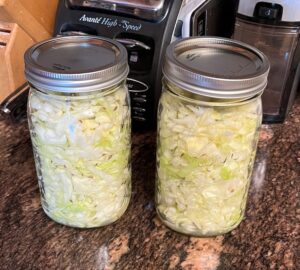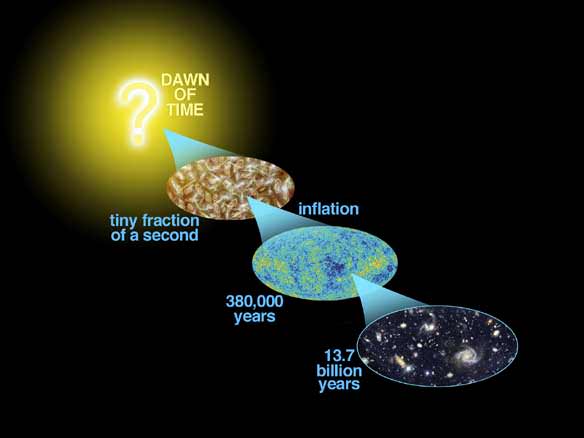This post originally appeared a while back on my own blog.
Many writers (I won’t say all writers, because I don’t know them all, but at this point I think I have a pretty decent random sample) know a bunch of different weird things. Many writers (see above caveat) were probably the sorts of kids who stored up random factoids, or had deep pools of info about odd things, or could list all the kings of England from Edward the Confessor onward (that used to be one of my parlor tricks, along with reciting the Prologue of the Canterbury Tales). Many writers research science, or history, or Alexandrian mythology, or sanitation in ancient China, or, or, or…
The thing is, if you’re the kind of person who picks up spare facts the way other people nab pocket change, it will sooner or later burble to the top of your consciousness. My husband, the Gray Eminence of rec.arts.music.beatles, can reliably identify which out-take from which bootleg two bars of a given Beatles song is from, and probably knows all sorts of arcane info about who was recording that day, and can expound at length about the cool fill Ringo was using, or why George was using that guitar or… I, who have only the laywoman’s hey-I-was-there-when-the-Beatles-were-cool-the-first-time appreciation of the music, can still enjoy Danny’s over the top minutiae. And when I need an in-house set of professional ears, I have it. Your friends and beloveds are fonts of all sorts of information, if you only think to ask. And if they don’t know, someone among them will almost certainly know someone who will know.
Mumbly-years ago I was writing a novel set in New York, in which our Hero had to go to Rikers’ Island, the NYC jail complex that sits in the middle of the East River. First thing I learned was the difference between a jail and a prison (jails are short term, prisons long term, for one thing, and are generally run by local law enforcement–sheriffs and police departments; prisons are state- or Federally-run, and are for people who are in for more than 365 days). Second thing I learned was that, at the time at least, it was very hard indeed to find out logistical facts about the prison (how do you get there? is the protocol different for lawyers and visitors? what’s the layout of the place). Now, of course, there’s a website for directions, with information on the various facilities, and so on, but in these long-ago days, not so much. So I asked a friend’s husband, the only lawyer I knew, if he knew any of this stuff. He didn’t, but a friend did, and after an hour of fascinating conversation I knew more about Rikers’ Island than I’d thought possible. Thus: the power of friends and their friends.
I’m a member of a list called Joys of Research, which is a stunningly valuable focused-crowd-sourcing tool: it’s simply a bunch of writers who have different areas of expertise. Ask about medieval latrine technology or the decomposition rates of bodies or the weight of an 1795 flintlock pistol and someone will know. And if no one knows, they’ll have suggestions about where to find the information. Just being able to narrow the informational sources down a little is often a huge help when you’re time-crunched.
I’m not organized enough to make a list of who of the people I know I can ask for what, but you might be. And an added benefit? You get to know people better. I am hampered by shyness and an early inculcation of the goofy notion that asking people questions was rude. (I know. I know.) But asking questions about another person’s interests is a wonderful way of deepening a friendship, especially if you’re able to ask about things your friend is really interested in. My friend Steve can talk mammalian biology until the cows come home (he might even know why the cows come home). My friend Claire knows medieval history, my friend Kevin is a go-to for herbal information and cookery; my friend Ellen is a stunning well of mid-20th century American pop-culture. When I started working on Sold for Endless Rue I discovered that my friend Tess, who had been the administrator of Clarion when I went there, knew tons about the literature of medieval medicine. Connections FTW!
And never forget that you might be the one who knows something someone else needs to know. And that feels really good too: you get to be the pro from Dover and expound on something near and dear to your knowledge base too.

 I wish I had been taught Chemistry differently. To this day, most of the chemistry I learned in school was as a side-benefit of my biology classes. I loved bio, and survived chemistry (required) and physics (ditto) in order to take the advanced biology class my senior year, wherein a good deal of chemistry was taught in passing, particularly when we were looking at DNA and genetics. But beyond that, Chemistry the subject seemed utterly detached from things I cared about. Okay, some times you just have to buckle down and get through the classes you don’t much care about (I’m looking at you, PE) to get your ticket punched and make your way out of high school. But I think I would have learned more if it had been related to something else. Like food.
I wish I had been taught Chemistry differently. To this day, most of the chemistry I learned in school was as a side-benefit of my biology classes. I loved bio, and survived chemistry (required) and physics (ditto) in order to take the advanced biology class my senior year, wherein a good deal of chemistry was taught in passing, particularly when we were looking at DNA and genetics. But beyond that, Chemistry the subject seemed utterly detached from things I cared about. Okay, some times you just have to buckle down and get through the classes you don’t much care about (I’m looking at you, PE) to get your ticket punched and make your way out of high school. But I think I would have learned more if it had been related to something else. Like food.




